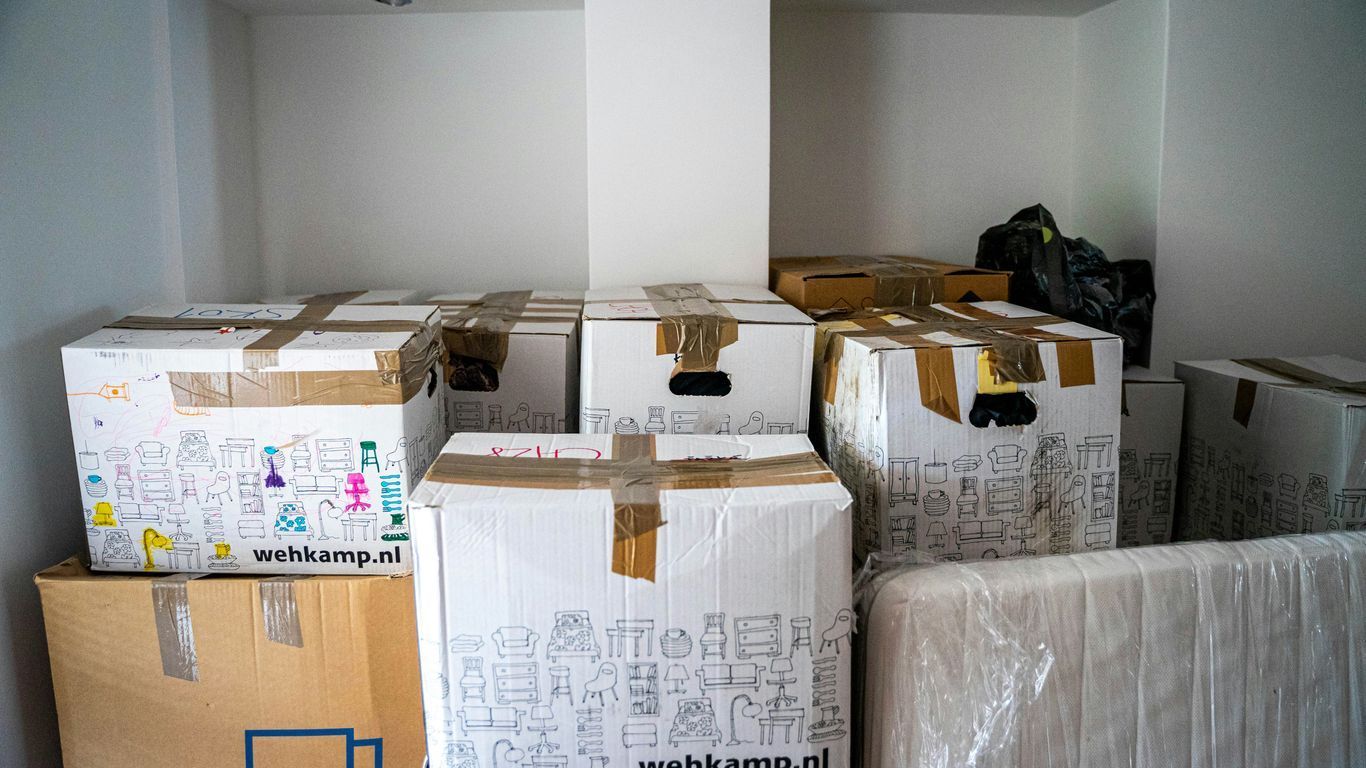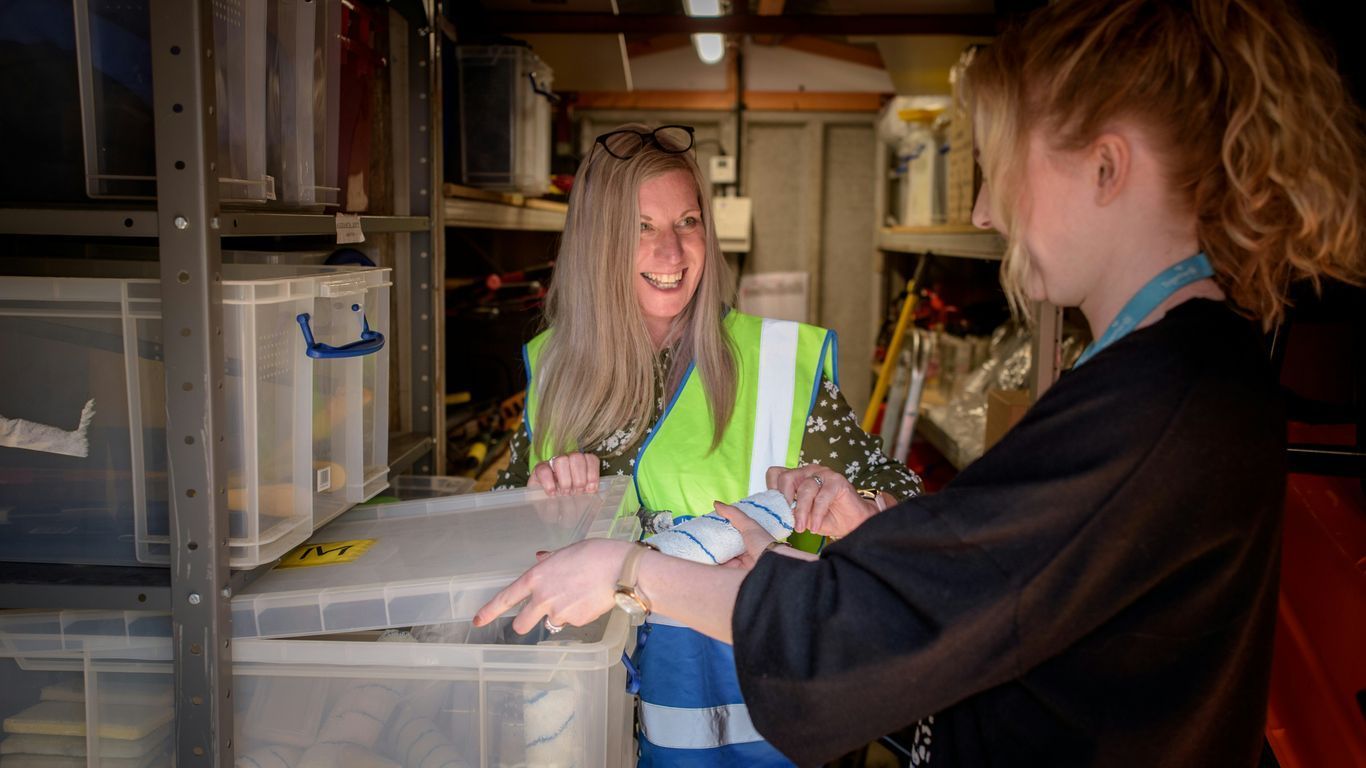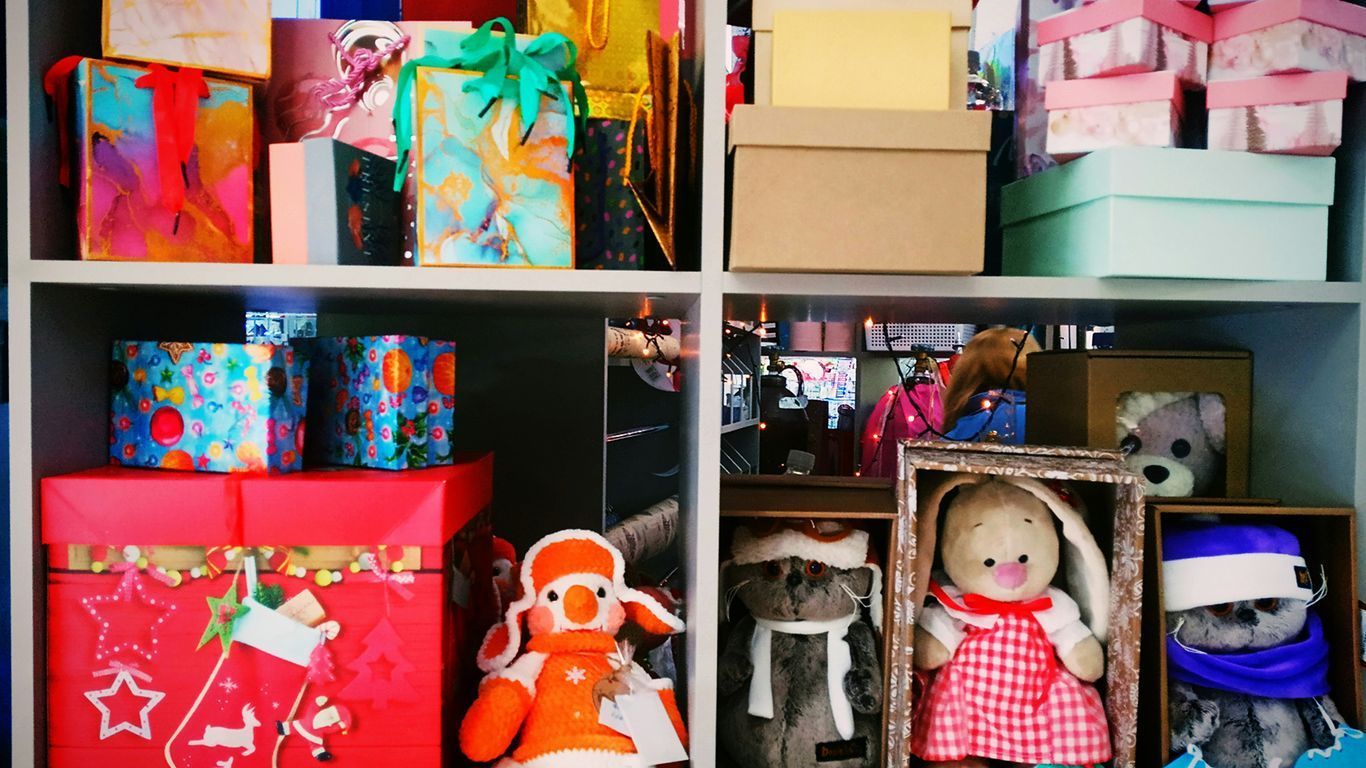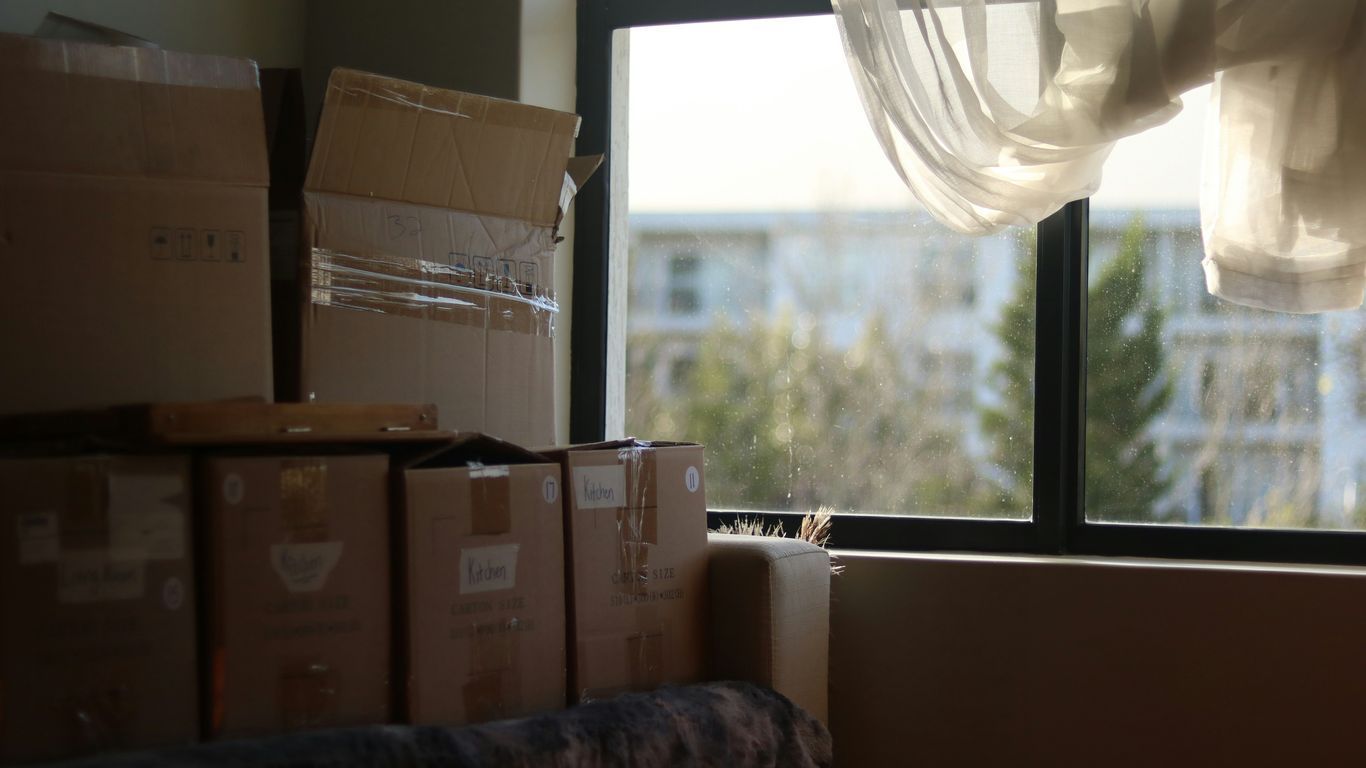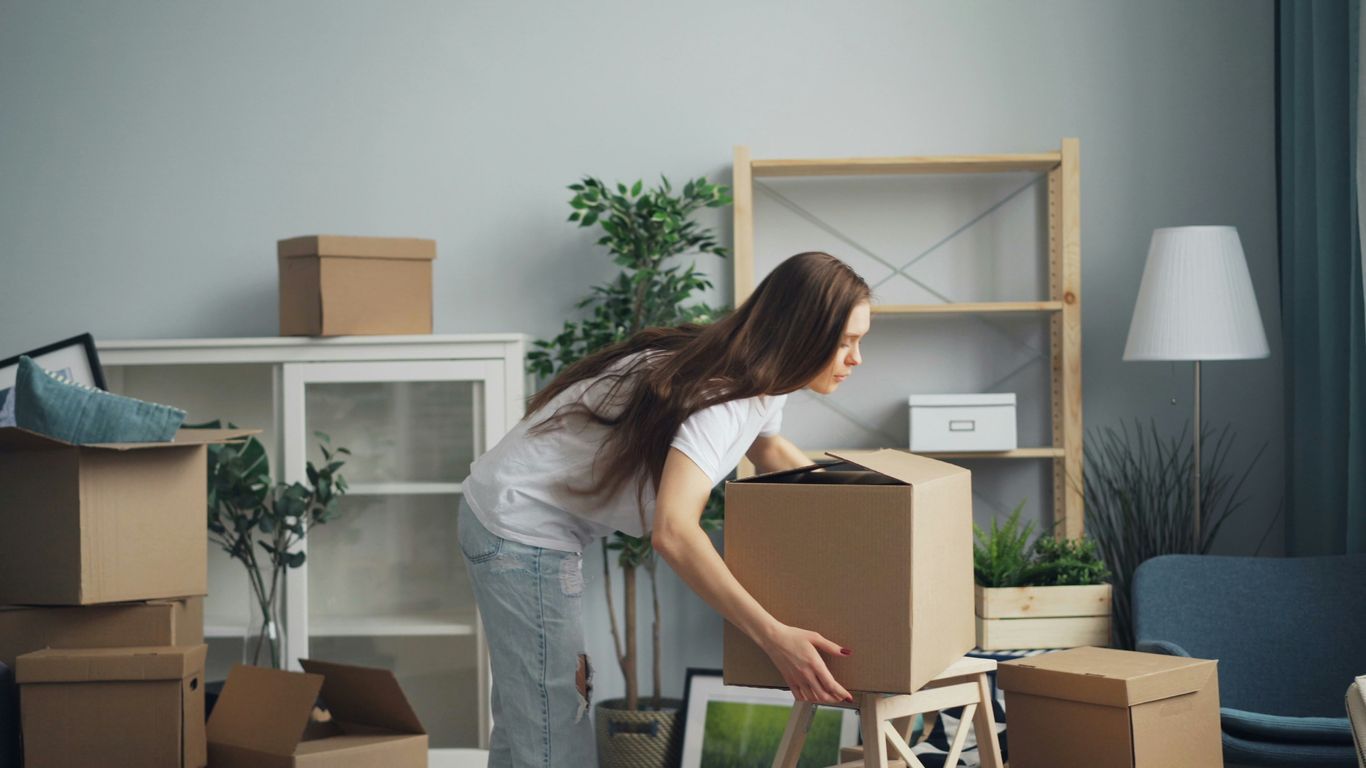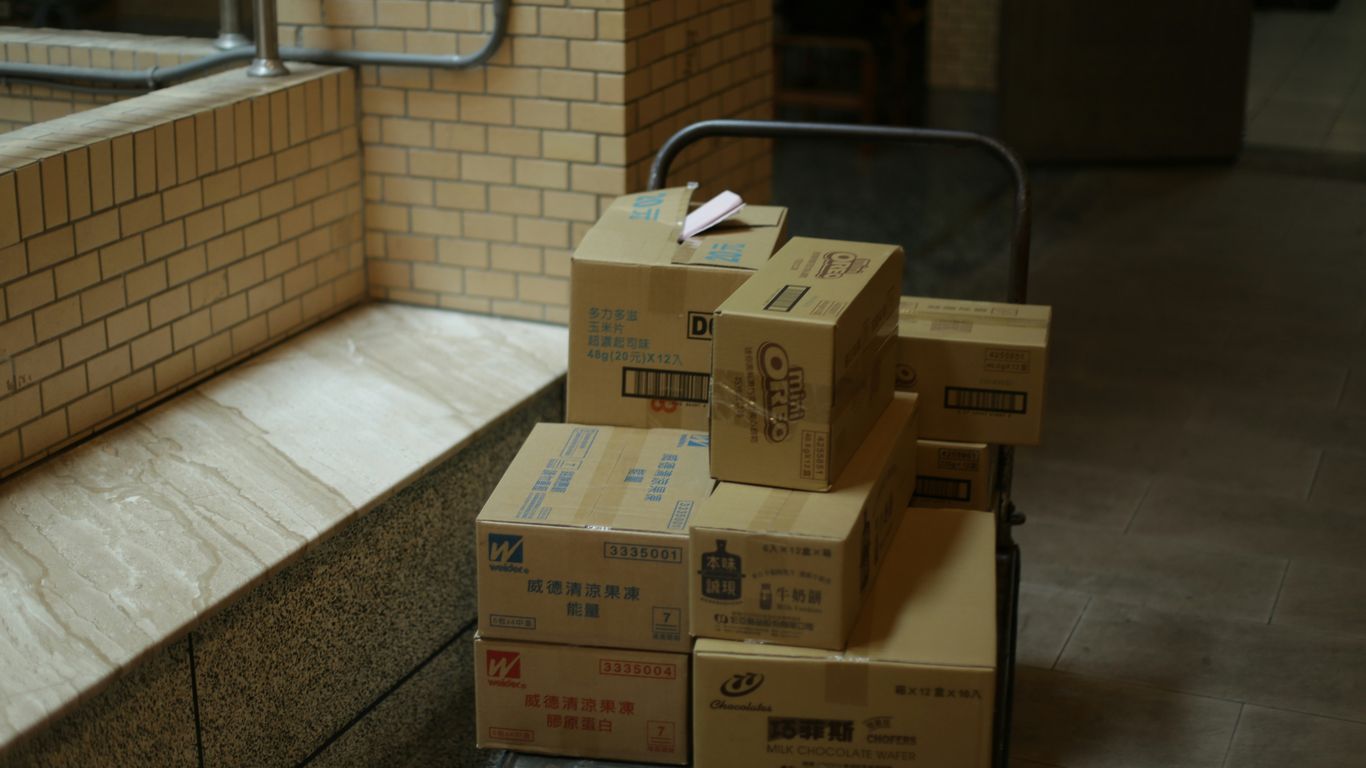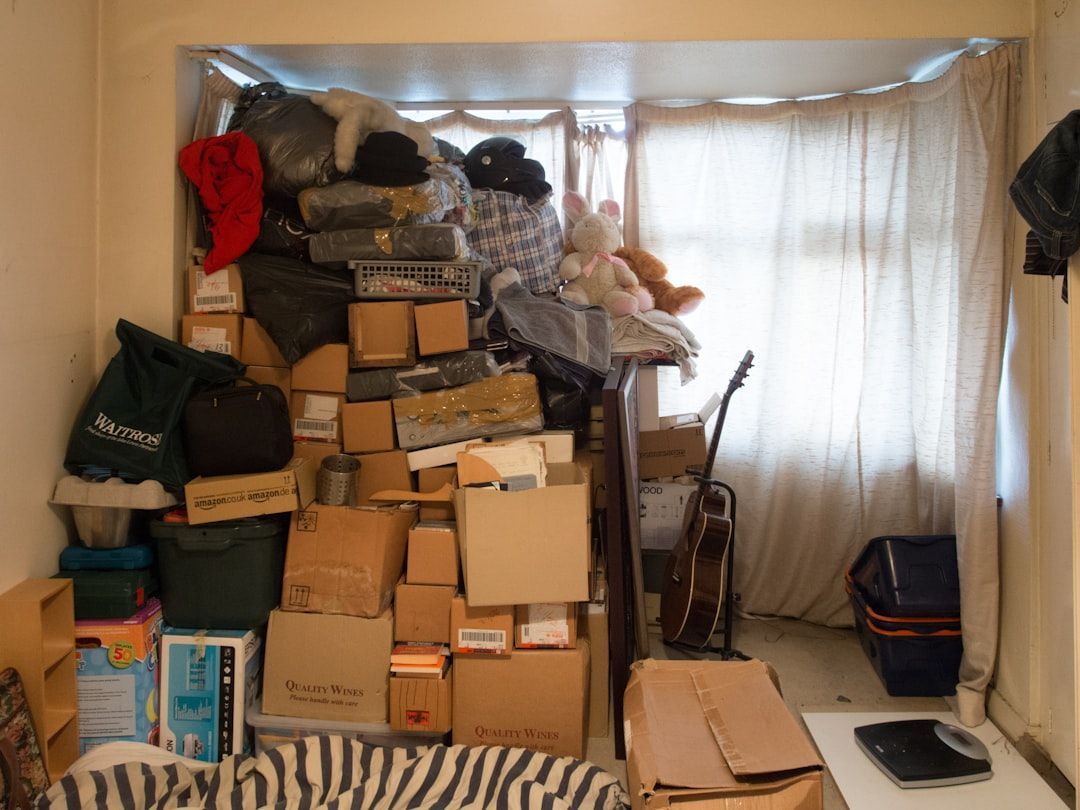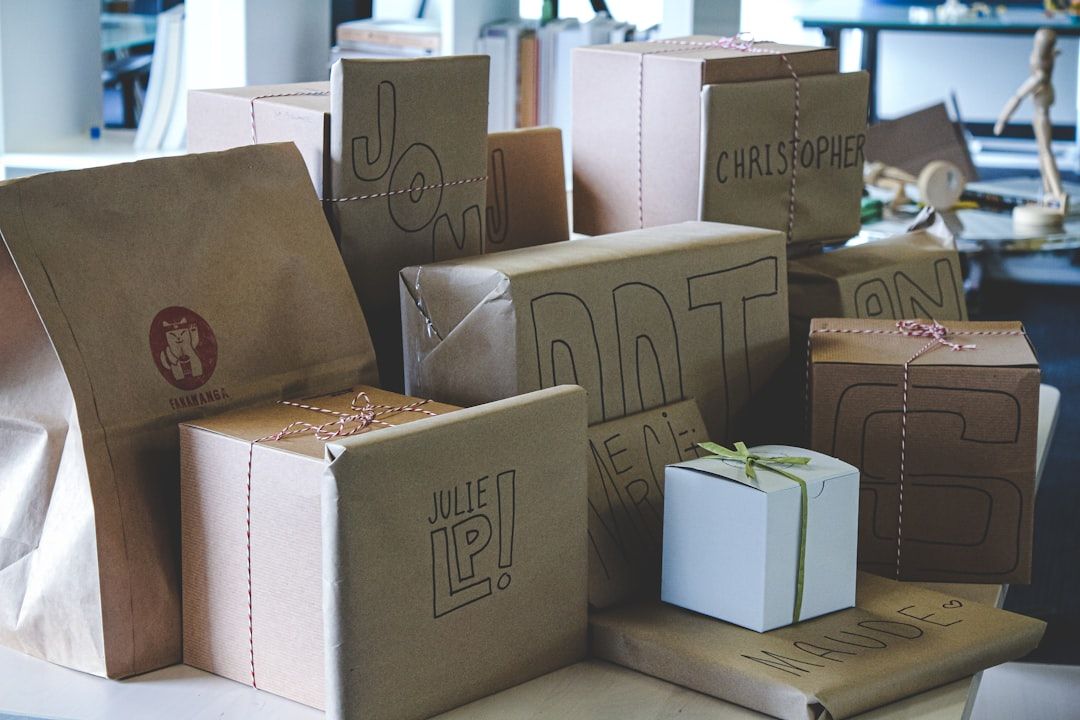The Stress-Free Guide to Moving with the Help of Storage
Moving can feel like a really big deal, right? Like, a huge mountain to climb. But what if I told you it doesn't have to be a total nightmare? With some smart planning and using storage the right way, you can actually make your move pretty chill. This article is packed with moving and storage tips to help you get through it without pulling your hair out. Let's make this move easy!
Key Takeaways
- Start getting ready early; this helps a lot with stress.
- Get rid of stuff you don't need before you pack anything.
- Think about using storage units to make your move simpler.
- Label your boxes clearly so you know what's what later.
- Have a plan for moving day, and stick to it as much as you can.
Early Planning for a Smooth Transition
Moving can be super stressful, but honestly, a lot of that stress can be avoided with some early planning. I'm talking weeks, even months, before the actual moving day. It's all about getting organized and thinking ahead. Trust me, future you will thank you!
Declutter Before You Pack
Okay, this is huge. Seriously, decluttering is the first thing you should do. Why pack and move stuff you don't even want or need anymore? Go through every room, every closet, every drawer. Be ruthless!
- Donate clothes you haven't worn in a year.
- Toss out old magazines and newspapers.
- Get rid of broken appliances or furniture.
Think of it this way: less stuff means less packing, less to move, and less to unpack. Plus, you might even make some money selling things online or at a yard sale. It's a win-win!
Create a Comprehensive Moving Checklist
Checklists are your best friend during a move. Start by writing down every single task that needs to be done, from the big stuff like hiring movers to the small stuff like changing your address. Break down each task into smaller, more manageable steps.
- Research moving companies and get quotes.
- Order packing supplies.
- Schedule utilities to be turned on at your new place.
- Notify your bank and other important institutions of your address change.
Having a checklist keeps you on track and prevents you from forgetting anything important. I like to use a digital checklist so I can easily update it and share it with my partner.
Research Your New Neighborhood
Moving to a new place is exciting, but it can also be a little scary if you don't know anything about the area. Take some time to research your new neighborhood before you even move in.
- Look up local schools if you have kids.
- Find out where the nearest grocery store and pharmacy are.
- Check out the local parks and recreation areas.
- See what kind of restaurants and shops are nearby.
Knowing what to expect will make the transition much smoother and help you feel more at home right away. I always check out the local community Facebook groups to get a feel for the neighborhood vibe.
Strategic Packing and Organization
Moving can be a real headache, but with a bit of planning, you can seriously reduce the stress. Packing isn't just about throwing stuff in boxes; it's about being smart and organized. This section will walk you through some key strategies to make your packing process as smooth as possible.
Gather Your Packing Supplies
First things first, you need the right tools for the job. Don't skimp on this step, or you'll regret it later. Here's a quick list:
- Boxes: Get a variety of sizes. Small boxes are great for heavy items like books, while larger boxes are better for lighter stuff like clothes and linens. Uniform boxes enhance packing efficiency and maximize space utilization.
- Packing Tape: Invest in a good quality tape gun. Trust me, it's worth it. You'll be using a lot of tape, so make sure it's strong and easy to use.
- Bubble Wrap & Packing Paper: Protect your fragile items. Wrap everything carefully, and don't be afraid to use extra padding.
- Markers: You'll need these to label your boxes clearly. Get a few different colors to help you stay organized.
- Scissors or a Utility Knife: For cutting tape and opening boxes.
Having all your supplies ready before you start packing will save you a ton of time and frustration. There's nothing worse than running out of tape halfway through packing a room.
Label Boxes Clearly and Strategically
This is where the magic happens. Clear labeling is the key to a stress-free unpacking experience. Be as specific as possible when labeling your boxes. Don't just write "Kitchen." Instead, write "Kitchen - Pots & Pans" or "Kitchen - Utensils." Consider using a color-coding system for extra organization.
- Room Destination: Clearly mark which room the box belongs in.
- Contents: List the main items inside the box.
- Fragile: If the box contains fragile items, make sure to write "FRAGILE" in big, bold letters.
- Numbering: Numbering your boxes can also be helpful, especially if you're keeping a separate inventory list.
Also, label multiple sides of the boxes so that they can be easily spotted regardless of how they’re stacked.
Pack an Essentials Box
Imagine arriving at your new place after a long day of moving, only to realize you can't find your toothbrush or a change of clothes. That's where the essentials box comes in. This box should contain everything you need for the first 24-48 hours in your new home. Here are some ideas:
- Toiletries (toothbrush, toothpaste, soap, shampoo, etc.)
- Change of Clothes
- Medications
- Phone Charger
- Snacks and Drinks
- Basic Tools (screwdriver, hammer, etc.)
Packing an essentials box is like giving yourself a little gift after a long and tiring move. It'll make those first few hours in your new place much more comfortable and less stressful.
Choosing the Right Storage Solutions
Assess Your Storage Needs
Before you even start looking at storage units, take a good, hard look at what you actually need to store. Don't just guess! Walk through your house and make a list. Are you storing furniture, boxes of books, seasonal decorations, or maybe even a vehicle? The type and amount of stuff you have will directly impact the size and type of storage unit you'll need. Think about the long term too. Will you be adding more items to the storage solutions later on? It's better to overestimate slightly than to cram everything into a space that's too small.
Select the Right Size Storage Unit
Okay, so you know what you need to store. Now it's time to figure out what size unit you need. Storage facilities usually offer a range of sizes, from small closet-sized units to large spaces that can hold the contents of an entire house. A good rule of thumb is to think about how much floor space your items take up when they're in your house. Then, add a little extra for maneuvering room. Don't forget to consider the height of the unit too! You can stack boxes to maximize vertical space. If you're unsure, most storage facilities have size guides or can help you estimate the right size. Getting the right size will save you money and prevent headaches later. Consider using vertical space to maximize the storage capacity of your unit.
Book Your Storage Unit in Advance
Don't wait until the last minute to book your storage unit! Especially during peak moving seasons (like summer), storage units can fill up quickly. Booking in advance gives you a few key advantages:
- You're more likely to get the size unit you need.
- You can often snag better rates.
- You have time to shop around and compare different facilities.
Booking early also gives you peace of mind. You'll know that one less thing is hanging over your head as you get closer to moving day. Plus, you can start planning how you'll organize your unit before you even move your stuff in. This can save you a ton of time and stress later on. Consider a color-coding system to help with organization.
Optimizing Your Moving Day
Have a Move Strategy
Moving day can feel like a whirlwind, but with a solid plan, you can keep things under control. Start by deciding if you're going the DIY route or hiring professionals. If you're handling it yourself, figure out truck rental, and recruit some friends. For a larger move, research and book movers well in advance. Don't forget to check the moving policies of your new place, especially if it's an apartment or condo. Some buildings have restrictions on move-in times or days. A little prep can save you a lot of headaches.
- Confirm all bookings a week before.
- Have a backup plan in case of emergencies.
- Communicate the plan clearly to everyone involved.
Having a clear strategy will help you avoid last-minute scrambles and keep everyone on the same page. It's about setting expectations and ensuring a smooth flow from start to finish.
Hire Professional Movers
Consider hiring professional movers. Experienced movers can make a huge difference in reducing stress and saving time. They have the expertise to efficiently pack, load, and transport your belongings, minimizing the risk of damage. Plus, they often offer packing services, which can be a lifesaver if you're short on time or energy. While it's an added expense, the peace of mind and time saved can be well worth it.
- Get quotes from multiple companies.
- Check reviews and references.
- Confirm insurance coverage.
Do a Final Walk-Through
Before you hand over the keys, do a final walk-through of your old place. This is your last chance to make sure nothing is left behind. Check every room, closet, and cabinet. Don't forget the attic, basement, and garage. It's also a good idea to take photos of each room to document the condition of the property before you leave. This can be helpful if any disputes arise later. Also, make sure all the essential utilities are turned off.
- Check all rooms and storage spaces.
- Take photos for documentation.
- Leave keys and instructions for the new occupants.
Financial Planning for Your Move
Moving isn't just about packing boxes; it's also about managing your money. A well-thought-out financial plan can save you from unpleasant surprises and keep your move stress-free. Let's break down the key areas to consider.
Work Out Your Finances
First things first, you need to understand exactly how much money you have available for this move. Start by creating a detailed list of all your income and expenses. This will give you a clear picture of your financial situation. Don't forget to factor in things like:
- Current savings
- Expected income during the moving period
- Any potential income from selling items you no longer need
Knowing your financial limits will help you make informed decisions about mover selection and other moving-related expenses.
Budget for Unexpected Costs
No matter how carefully you plan, unexpected costs always seem to pop up during a move. It's wise to set aside a contingency fund to cover these surprises. Some common unexpected expenses include:
- Additional packing supplies
- Repairs to your old or new home
- Unexpected travel expenses
- Costs associated with returning furniture on moving day
Aim to set aside at least 10-15% of your total moving budget for unexpected costs. This will give you a financial cushion to fall back on if things don't go exactly as planned.
Understand Moving Insurance Options
Protecting your belongings during a move is crucial. Moving insurance can provide financial protection if your items are lost or damaged. There are typically a few different options to consider:
- Basic Carrier Liability: This is usually included in the moving company's quote, but it offers minimal coverage (usually around $0.60 per pound per article).
- Full Value Protection: This offers more comprehensive coverage, where the moving company is liable for the replacement value of your items.
- Third-Party Insurance: You can also purchase moving insurance from a third-party provider for additional coverage.
Carefully review the terms and conditions of each option to determine the best fit for your needs. Don't hesitate to ask the moving company or insurance provider questions to ensure you understand the coverage.
Utilizing Storage for Efficiency
Moving is chaotic, but smart storage use can make a big difference. It's not just about having somewhere to put your stuff; it's about using storage to streamline the whole process. Let's look at how to make storage work for you, not against you.
Store Non-Essential Items Early
Don't wait until the last minute to think about storage. Identify items you won't need in the weeks leading up to the move and get them into storage ASAP. This clears up space in your home, making packing and daily life easier. Think about seasonal decorations, extra furniture, or books you don't plan to read soon. This early move-out strategy reduces clutter and stress as moving day approaches. It also gives you time to organize the storage unit without the pressure of a looming deadline.
Organize Your Storage Unit for Easy Access
It's tempting to just throw everything into the storage unit, but that's a recipe for disaster later. Take the time to organize your unit thoughtfully.
Here's a few tips:
- Create aisles so you can walk around.
- Stack boxes strategically, with heavier boxes on the bottom.
- Keep a list of what's in each box.
- Use clear bins for easy visibility.
Proper organization will save you time and frustration when you need to retrieve items later. It's worth the extra effort upfront.
Consider Mobile Storage Units
Mobile storage units can be a game-changer. Instead of renting a traditional storage unit, a mobile unit is delivered to your doorstep. You pack it at your own pace, and then the company picks it up and stores it for you. This eliminates the need for multiple trips to a storage facility, saving you time and energy. Plus, when you're ready to move into your new place, the unit can be delivered directly there. It's a convenient and efficient option, especially if you're short on time or don't have access to a truck. Think about the benefits of mobile storage if you want to make your move easier.
Post-Move Settling In
Unpack Systematically
Start with the essentials. I mean, who wants to dig through boxes for a toothbrush on their first night? Unpack room by room, maybe starting with the bedroom and bathroom. It's less overwhelming that way. Make sure you have your bed linens, toiletries, and a few changes of clothes easily accessible. Don't forget the kitchen stuff, too – coffee is a must!
Update Your Address and Utilities
This is the boring but super important stuff. You gotta change your address with the post office, the bank, and all those subscription services you forgot you had. Also, make sure your utilities are all switched over and working. Nothing's worse than moving in and realizing you have no electricity or internet. Trust me, I've been there.
- Driver's license
- Vehicle registration
- Bank accounts
Don't put this off! The sooner you take care of these things, the less likely you are to miss important mail or have your services interrupted.
Familiarize Yourself with Local Services
Take some time to explore your new neighborhood. Find the nearest grocery store, pharmacy, and maybe a good pizza place. Check out the local parks, community centers, and libraries. Knowing where everything is will make you feel more settled and connected to your new community. Plus, it's a good excuse to get out of the house and stretch your legs after all that moving!
- Grocery stores
- Pharmacies
- Parks and recreation
After the boxes are unpacked and the furniture is in place, the real work of making your new house feel like home begins. This part of the journey, often called 'settling in,' is super important for feeling good in your new space. It's about finding your favorite coffee shop, learning the best way to get to school, and making new friends. To help you out, we've put together some easy tips and tricks. Check out our website for more helpful advice on making your new place feel like it's truly yours.
Wrapping It All Up
So, there you have it. Moving doesn't have to be a total nightmare. With a little bit of planning and using storage the right way, you can actually make things a lot easier on yourself. Think of storage as your secret weapon against all that moving day craziness. It helps you clear out clutter, pack at your own speed, and just generally breathe a bit easier. By taking some time to get organized and using storage to your advantage, you'll be settled into your new place before you know it, and probably without too many headaches along the way. Good luck with your move!
Frequently Asked Questions
How early should I start getting ready for my move?
It's smart to start getting ready for your move about two months before the big day. This gives you plenty of time to sort through your stuff, get packing supplies, and make plans for moving day.
Should I get rid of stuff before I start packing?
Yes, it's a really good idea to get rid of things you don't need before you pack. This makes packing easier, costs less for moving, and helps you start fresh in your new place.
What kind of packing stuff will I need?
You should gather things like sturdy boxes, packing tape, bubble wrap for fragile items, markers for labeling, and some old newspapers or packing paper to protect your belongings.
How can a storage unit make moving easier?
A storage unit can be a big help! You can put things you don't need right away into storage, like seasonal clothes or extra furniture. This makes your current home less cluttered and gives you more space to move around while packing.
What should I look for when choosing a storage unit?
When picking a storage unit, think about how much stuff you have, how long you'll need the unit, and if you need special features like climate control for sensitive items. Make sure to book it ahead of time, especially during busy moving seasons.
What are some important tips for the actual moving day?
On moving day, make sure you have a clear plan. If you hire movers, tell them exactly what to do. Pack a bag with things you'll need right away, and do a quick check of your old place to make sure you didn't leave anything behind.

